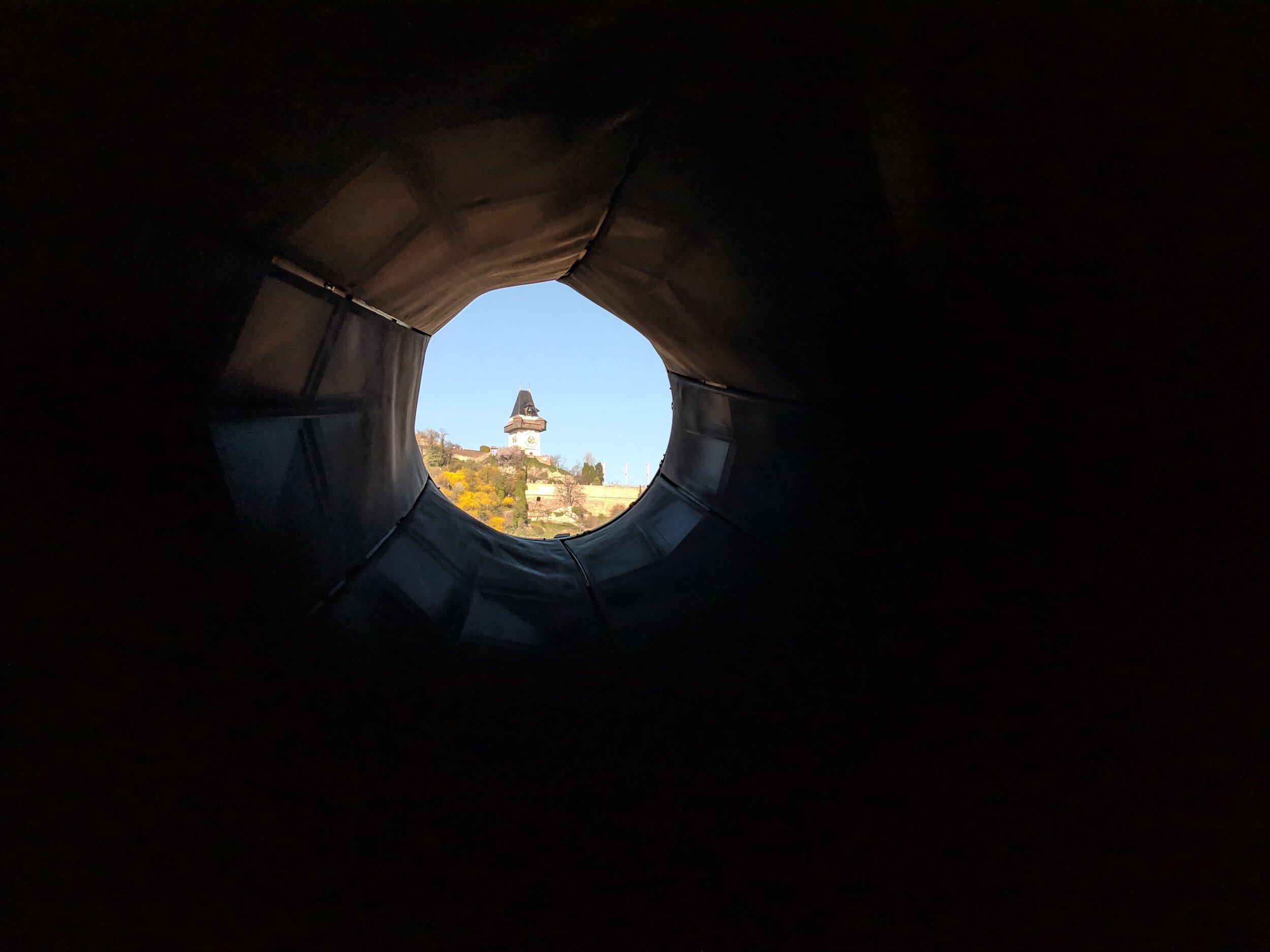Final Thoughts
/The word that stands out to my team the most with regards to the written and literary community in Calgary is accessibility. Now, more than ever, we can see the impact that isolation and inaccessibility has on a community and on individuals. Today, all Calgarians are facing the reality of isolation as we practice social distancing and self-quarantine but, for many in our community, these were already ordinary experiences. This could be for many reasons, from chronic illness to mobility issues. Or, it could be those experiencing poverty that can’t afford to take part in the community in the same way as others. Further still, those who don’t speak English might feel isolated, even in our busiest community hubs.
That is why my team wanted to look at the written and literary community through a lens of accessibility. Were we providing people the opportunity to engage with the written and literary works in a way that was fun and not intimidating? Were we able to facilitate interaction in multiple languages? How might we engage those who have learning disabilities or who are visually impaired or those whose cultures value oral traditions over written?
While we might not have been able to answer all of these questions, I believe we were able to answer a few. While our basic premise was to read a letter from a stranger and write one ourselves, we prototyped boxes for some of the most commonly spoken languages in Calgary, as well as indigenous languages. If the event was to go through, we would have also had a few hours each day where we had a person monitoring the experiment, and providing space for those who want to tell their story orally, or who might need assistance writing their story down.
Since our lives have been drastically changed by the COVID-19 pandemic, let’s take some time to consider how we might change our communities and societies for the better based on this experience. For me, I’ll be thinking about accessibility.

















![Pasaric, A. (Photographer). (2018, September 3). Aerial photography of city [digital image]. Retrieved from https://www.pexels.com/photo/aerial-photography-of-city-1388030/](https://images.squarespace-cdn.com/content/v1/57b75862bebafbd8b053fc4f/1583253397981-KCJ8P82Y3AZSG9UTNR3R/DSC8839-MT_photo_Werner_Nystrand.jpg)






